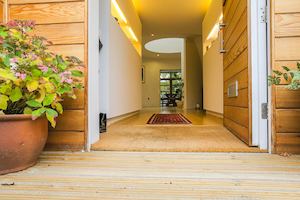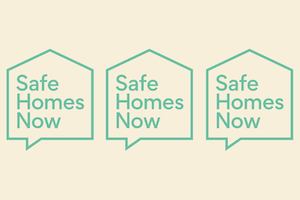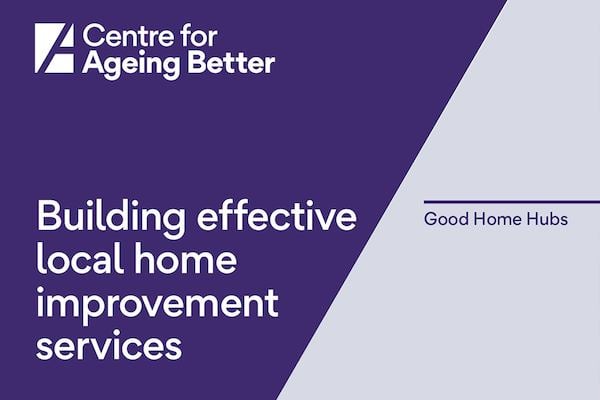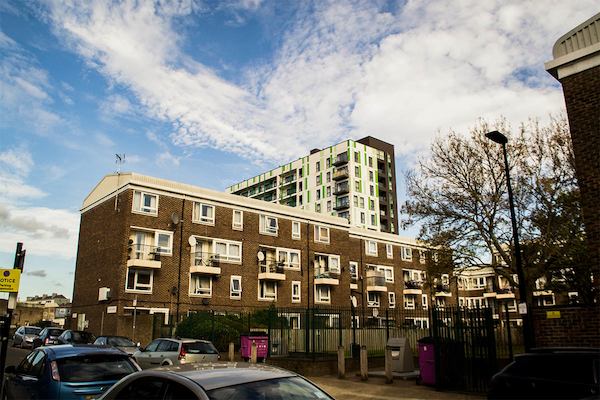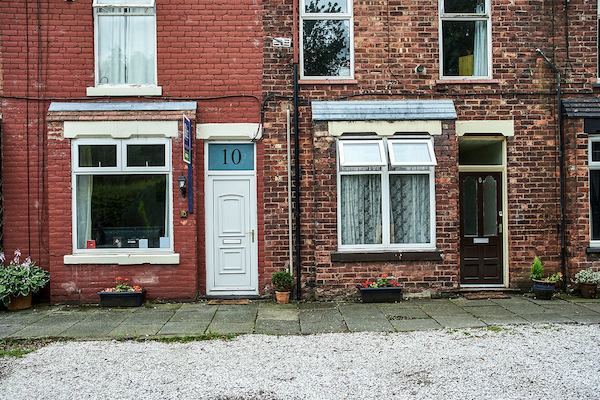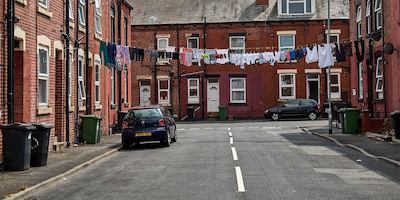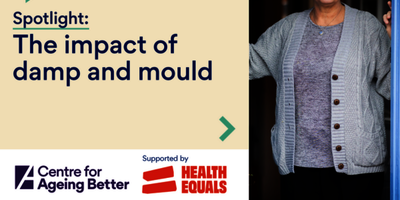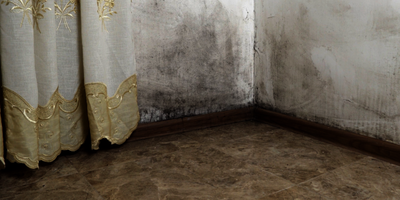Up to 885,000 people deprived of accessible home opportunity due to government delay
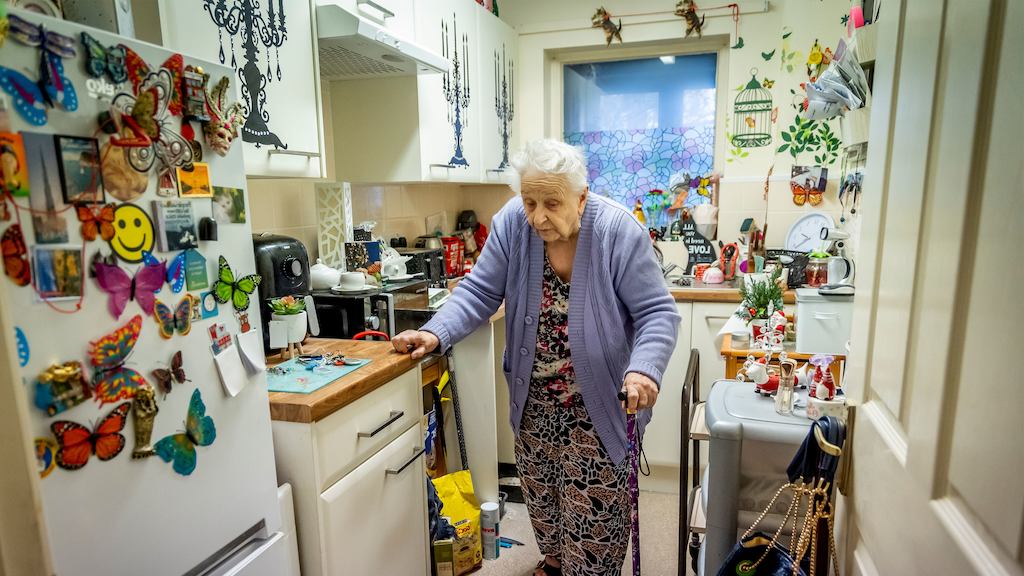
Tuesday 29 July marks three years since the previous government committed to raising accessibility standards on all new homes in the country, yet have failed to do so. New analysis reveals how many more people could be living in accessible homes, had the government raised the standards as it had promised to.
The analysis was done by the Housing Made for Everyone (HoME) coalition, co-chaired by the Centre for Ageing Better and Habinteg.
As many as 885,000 more people could now be living in accessible and adaptable properties if legislation requiring higher minimum standards in new build homes had been delivered as promised, new analysis from the Centre for Ageing Better and Habinteg reveals.
Today [Tuesday 29 July] marks the three-year anniversary of a government announcement confirming plans to require all new homes to have entrance level step-free access and other accessibility features as a minimum requirement.
The government’s decision came after a large-scale consultation and reflects the need for the country’s homes to be accessible and adaptable to support population ageing and growing numbers of older and Disabled people to live safely and independently at home.
A second round of consultation that was planned to finalise the transition to the new regulations has never materialised.
In the three years since the announcement, Habinteg and Ageing Better analysis indicates that we have just 112,000* new accessible and adaptable homes - based on an industry average that only one in four new build homes have been built to this standard.
This means that the vast majority of homes built in this time, totalling more than 375,000, are not built to meet the needs of Disabled people or the changing needs of people throughout their lifetime.
Our new polling indicates high levels of public concern around how people would cope living in their own home if they developed a serious health issue or injury.
Two in three people (66%) think they would have problems moving around their current home and carrying out everyday tasks without major adaptations to their property if they developed a health issue or serious injury.
The previous government commented in their consultation response on the positive impact that raising the accessibility standards of new homes would have on housing health and welfare. They noted that it would ‘future proof’ new homes for successive generations, saving costs associated with moving or adapting homes.
More than three in four people (77%) think all new homes should be built to a standard that allows people to live independently as they age or if they become disabled.
As co-chairs of the Housing Made for Everyone (HoME) coalition, Habinteg Housing Association and the Centre for Ageing Better are calling on the government to use the opportunity provided by the Planning and Infrastructure Bill to raise the default standard to the M4(2) standard of accessibility and adaptation.
Millie Brown, Deputy Director for Homes at Centre for Ageing Better, said:
We welcome the government’s commitment to building 1.5 million new homes; however, it is paramount that they are built to be accessible and adaptable.
“The government must seize this opportunity to address the crisis of inaccessible housing and bridge the ever-widening gap between the number of Disabled people and accessible homes.
“The proportions of older and Disabled people among our population are growing significantly, and yet there are not enough provisions to support this change in our country’s demographics – we are falling abysmally short of meeting people’s needs.
“We know that the impact of raising minimum accessibility standards could have been life-changing to so many people had it been implemented over the past three years; from performing basic tasks like being able to shower without risking injury, to having the ability to enter the front door and move around easily. People living in homes which do not meet their accessibility needs cannot just wait for years and years clinging to the hope this change might happen at some point in the future, their need is desperate and urgent.
“Everyone deserves to live in a home that affords them safety and independence. Now is the time to make the change and raise the level of what we should expect from our housing.”
Our previous analysis has highlighted how little progress has been made on improving the accessibility of the nation’s homes in the last decade.
Recently our published figures show the proportion of homes with accessibility features has flatlined, while there is a growing demand as the proportion of Disabled people increases steadily in the UK.
In the absence of new regulations, the accessibility gap of unmet demand has grown by more than 2 million people in just over a decade - meaning 12 million people who have accessibility needs do not have the accessible home they need. Increasing the building standard to the M4(2) standard could potentially eradicate a significant proportion of the unmet demand for accessible homes in this country.
Christina McGill, Director of Social Impact & External Affairs at Habinteg Housing Association, said:
The Government's plans for housing are central to so much of what it wants to achieve. Accessible and adaptable homes in particular hold huge potential to reduce health and social care costs whilst supporting disabled and older people to work and maintain independence.
"Yet twelve months into the new Government's term we've heard very little of its intentions with regard to the minimum standards of accessibility and adaptability. Meanwhile homes are being built, and plans are being made for new developments which will not be accessible and adaptable and will therefor fail to deliver these critical outcomes.
"Far too many disabled and older people are making do in homes that limit their lives and independence. That's why Habinteg and the HoME coalition are asking government to act now on accessible homes rules. With a rapidly aging population and increasing rates of disability the government needs to ensure the country's new homes will all be fit for the nation's need both now and into the future."
Evidence shows that building more accessible homes can have positive impacts both socially and economically, including:
- Increased independence and less reliance on health and social care services
- Savings to the NHS from fewer falls and other injuries around the home
- Improved mental health and wellbeing for Disabled people
- Reductions in costs of retrofitting homes to suit needs, which is more costly than making them part of the original design
